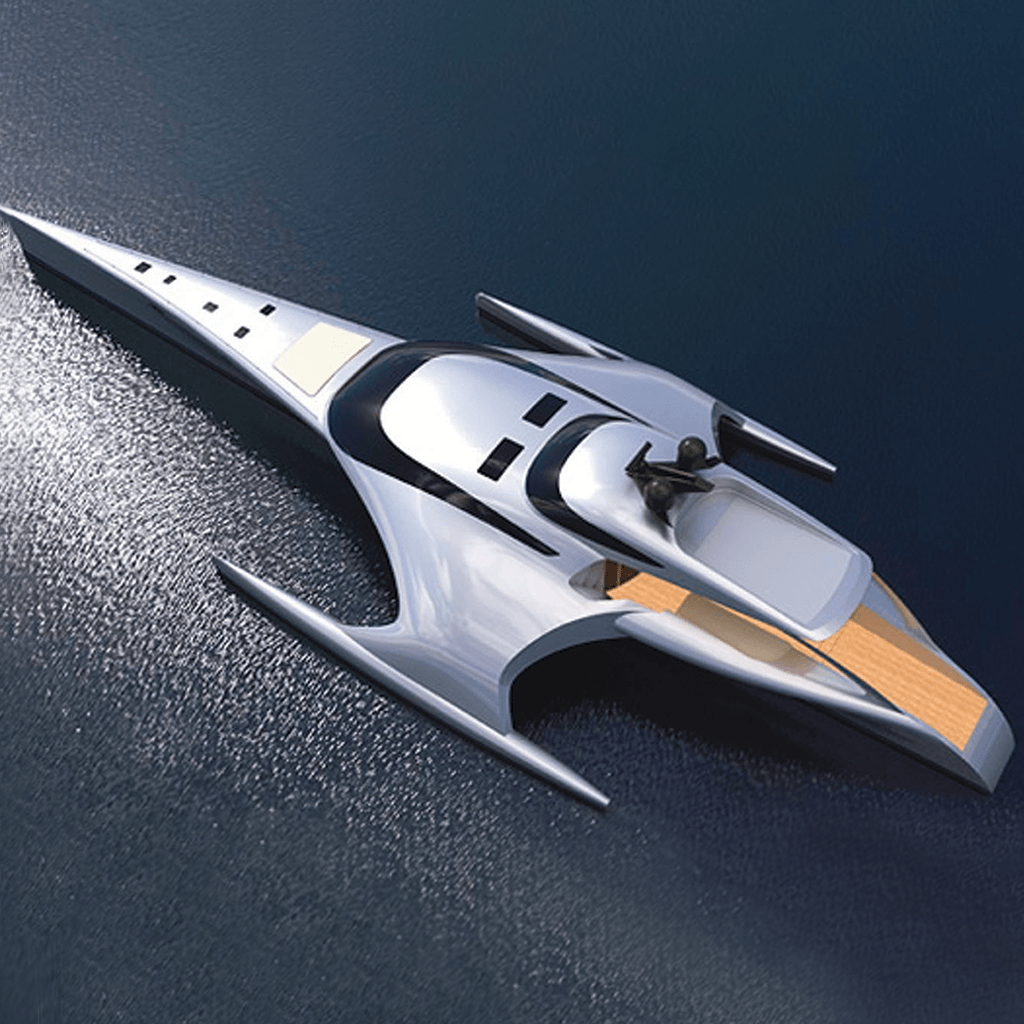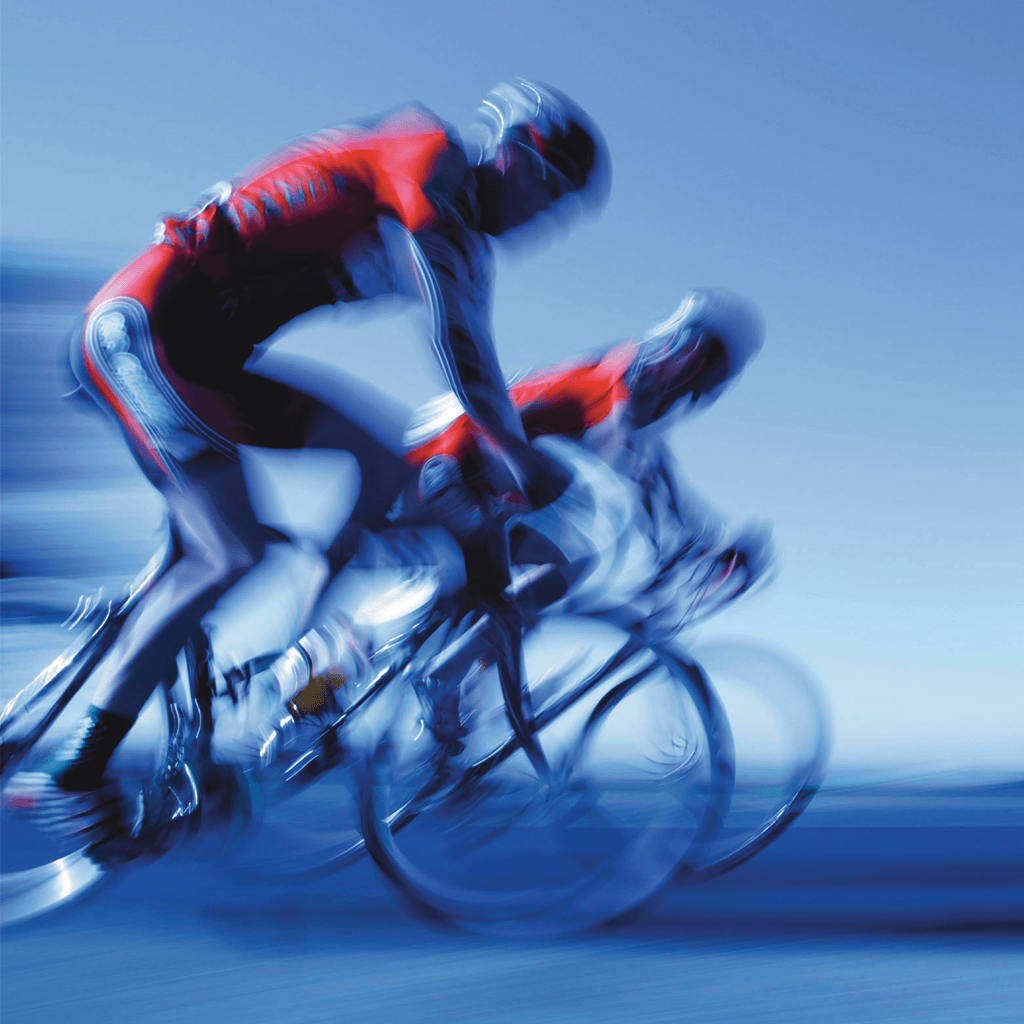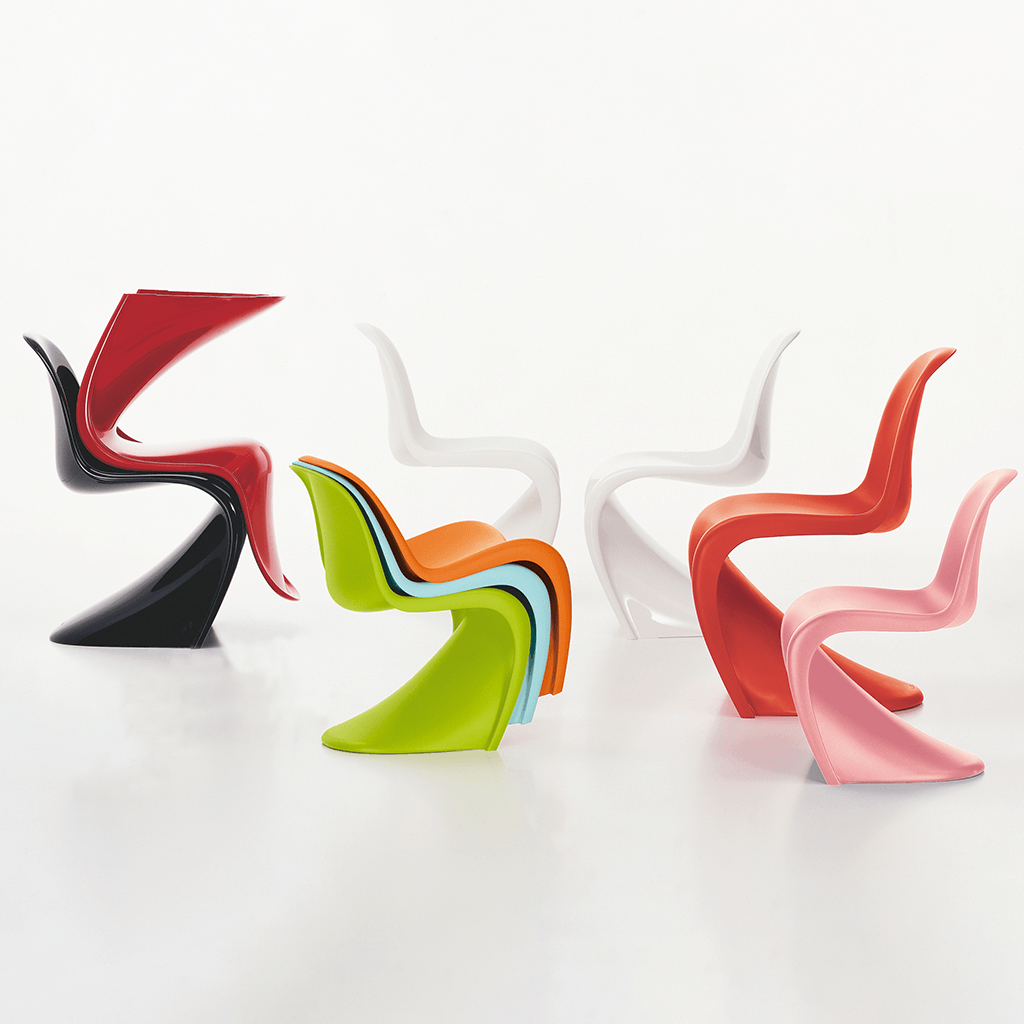Bringing together rowing and canoeing, the rowing sports represented at the Olympic Games showcase vessels used for millennia in the realm of sports. Integrated into the Olympic disciplines since 1896 (2008 for Paralympics) for rowing and 1936 for canoeing (2016 for Paralympics), modern games include seven events for individuals or crews.
How composites help to reach the podium
Whether in calm water races or whitewater slaloms, athletes in both disciplines primarily seek the best gliding sensations. Lightness and robustness are key performance parameters, greatly enhancing the manoeuvrability of the vessels.
Composite kayaks and rowing boats can be made from glass, carbon or aramid fibres, or a combination of these materials. To gain rigidity, hulls can also incorporate honeycomb structures between layers of reinforcements. In the world of rowing sports, the lighter the vessel, the higher the price. For high-level athletes, carbon fibre remains the most expensive but also the most sought after material. While the investment may seem substantial, with prices starting at €2450 for entry-level kayaks and €5800 for rowing boats, the rigidity and finish provided by composite materials ensure a longer lifespan compared to plastic or wood, the main rival materials in the field.
The vessels are propelled by human energy, and the athletes use oars or paddles depending on the discipline. While the rowing oar for a rowing bench is simple and long to optimize speed, the kayak paddle is double-bladed, thus ensuring the dual function of providing propulsion and direction simultaneously in the water.
To unleash maximum potential with each stroke, oars and paddles are now made of composite materials. Lightweight and easy to use, they can be made of carbon or glass fibre. Rowing oars were formerly made of wood or metal, so composites significantly reduced their weight, which decreased from around 7 kg to approximately 2.5 kg since 1975. Just like kayak paddles, rowing blades are also made of carbon or glass fibre, resulting in a manoeuvrable, lightweight, and corrosion-resistant accessory.
Applications that bring medals
A carbon rowing oar reminiscent of the black swan
The Black Carbon range from Vega Composites offers rowing boat hulls where composites contribute to optimizing the performance of all aspects of the vessel. The hull is made of 100% epoxy pre-impregnated UD carbon for unparalleled lightness and robustness. On-board equipment, such as the rower effort transmission devices (foot bar, sliding seat), is also made of carbon fibre for improved robustness. Totally resistant to corrosion, Vega Composites’ Black Carbon hulls are coated with a ceramic varnish finish after exiting the oven at 120°C during manufacturing.
To acquire this masterpiece, you should expect to pay between €8440 (individual competition model starting from 7.80m in length) and €36,300 (team competition model, 17.30m in length).
Mastering currents
Revolution Extreme is an innovative slalom canoe paddle designed by one of the best slalom canoe athletes – Alexander Slafkovský from Slovakia, ten-time world champion in team and individual events. Additional concave grooves (DRS) and the irregular shape covering the powerface surface increase effective work, which is particularly useful when you need to concentrate power in a single stroke.
The carbon spread tow outer layers not only present a distinctive design with large woven squares but also make the Extreme paddle ultra-light with unprecedented stiffness. The Extreme models are up to 15% lighter than standard 3K carbon technology, resulting in a final featherweight of 470-520 g.
The paddles are available with a stainless steel reinforcement (metal tip) along the outer edge, protecting the blade from damage and paddle strikes on the river. During the 2019 slalom world championship, six of the top ten competitors used the Revolution Elite or Revolution Extreme carbon paddles for the final race in the C1 men’s category. For many years, the multiple world champion has opted for the Revolution Elite in size S and a carbon shaft to ensure the paddle withstands the toughest conditions.
Introduction to the discipline
In the 18th century, rowing was already a competitive sport in Great Britain, with regattas organized on the Thames in London. The first modern rowing club, the Star Club, was founded in London in 1823. In the 19th century, rowing became increasingly popular in Europe and North America, with the first international competitions taking place.
Rowing became an Olympic discipline at the first modern Olympic Games held in Athens, Greece, in 1896. Rowing was one of the nine sports on the programme of these early Games. Since then, rowing has been an integral part of the Olympic Games, with new events and categories added over the years to include various distances and types of competitions. Thus, rowing has a long history as an Olympic discipline, dating back to the dawn of the modern Olympic Games.
Kayaking as a means of transportation and fishing is an ancient technique used for millennia by various cultures worldwide, including the indigenous peoples of the Arctic, North Asia, and other coastal regions.
However, competitive and organized sport kayaking has its roots in the early 20th century, when kayaking became a popular sport in Europe.
Various rowing races are included in the Olympic Games, such as single sculls, double sculls, quadruple sculls, and eight-oar races. Here is how rowing performance is evaluated at the Olympic Games:
- Race time: the crews are electronically timed from the beginning to the end of the race. The medals are awarded based on the fastest times.
- Disqualifications and penalties: the crews can be disqualified for various reasons, including false starts or rule violations. Time penalties may also be added for infractions.
Individual and team performance is, therefore, evaluated based on the times achieved over the specified distance, with medals awarded to the crews with the fastest times in each respective event.
Multiple kayak events are also part of the Olympic Games, in different categories such as straight-line kayaking (also known as sprint kayaking) and kayak slalom. The performance of kayakers is assessed based on the time it takes to complete the course, along with possible penalties for touching or missing gates. The medals are awarded based on the best adjusted times for slalom events, while in sprint events, the medals are given to the athletes with the fastest times over the given distance.
International federations
The International Rowing Federation (FISA), now known as World Rowing, is an international organization that governs rowing competitions, bringing together 156 national federations from all five continents. FISA is the oldest international sports organization participating in the Olympic Games.
Canoeing and kayaking are represented by the International Canoe Federation, which unites 171 national federations, totalling over a million members worldwide.
On the road to Olympic and Paralympic Games












